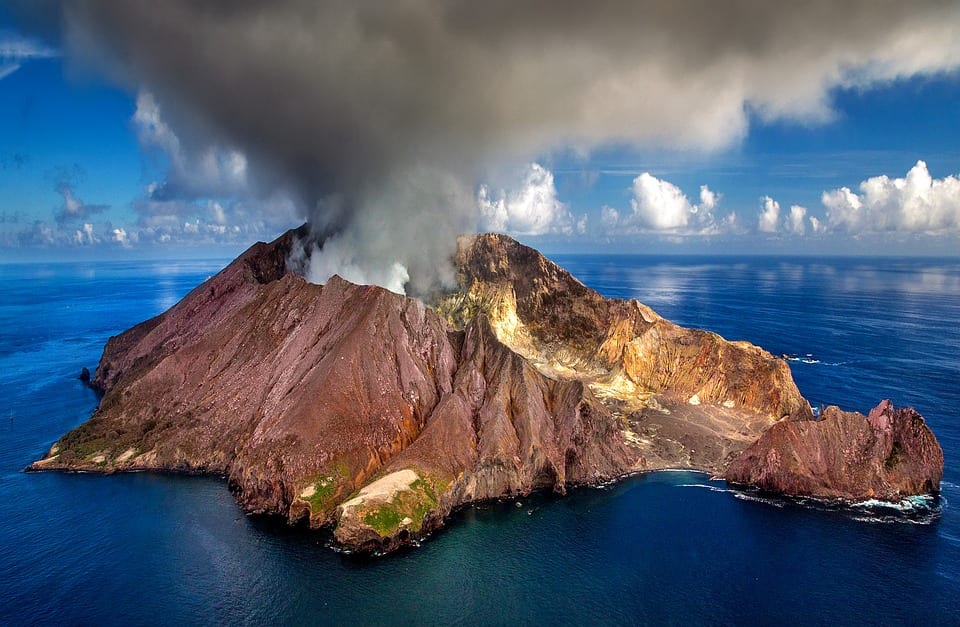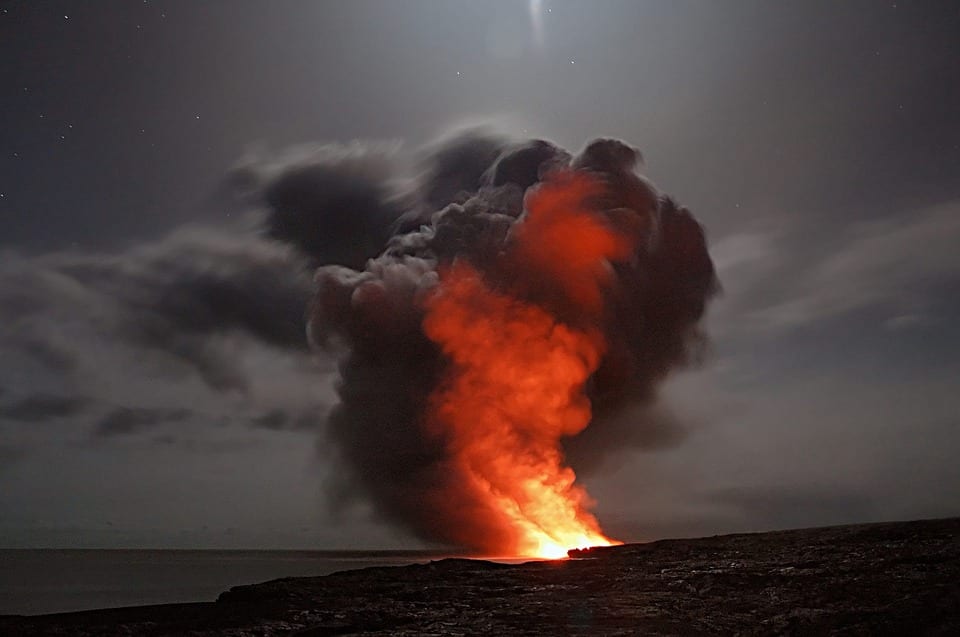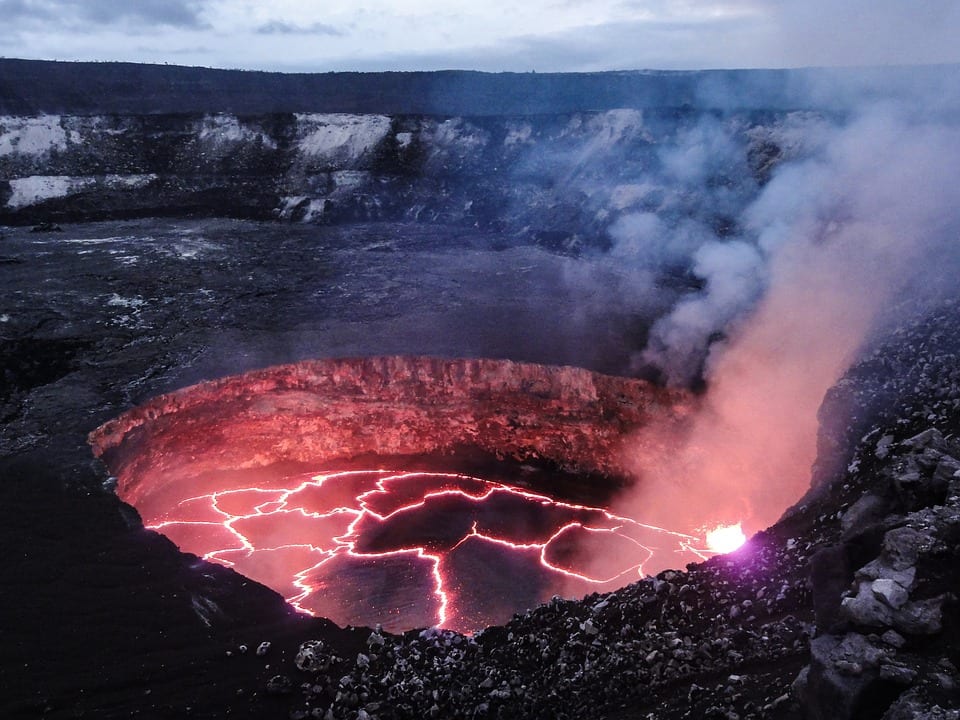
Expat Safety Tips: What to Do During a Volcanic Eruption
There are around 1,500 potentially active volcanoes around the world, many of which are on the ocean floor. The most active region in the world is the Ring of Fire; a major area in the basin of the Pacific Ocean. The Ring of Fire is responsible for 81% of the largest earthquakes recorded and 22 of the largest volcanic eruptions of the past 11,700 years. Some of the most affected countries include the Philippines, Japan, New Zealand and the west coast of the US.
One of the problems facing volcanologists is that volcanoes are unpredictable. Even with the complete eruption history of a volcano, experts can only offer possibilities as opposed to specific dates and times. Some eruptions in history have also been completely out of the blue.
One of the most iconic eruptions dates back to 79 AD. In southern Italy, Mount Vesuvius buried the city of Pompeii, with very few inhabitants escaping. Today Pompeii is a UNESCO World Heritage Site.
In recent years one of the most catastrophic volcanic eruptions occurred in the Philippines. 1991 saw the eruption of Mount Pinatubo and resulted in the death of 847 people. Six years prior, in 1985, the Nevado del Ruiz in Colombia erupted and 23,000 people lost their lives as a result.
In June of this year Volcan de Feugo in Guatemala experienced its most powerful eruption since 1974 and just recently Hawaii volcano Kilauea erupted lava and toxic gasses into the atmosphere.

What is a Volcano?
Typically, volcanoes tend to be hill or mountain-sized and conical in shape. They usually have a large crater or vent through which lava, hot vapour, poisonous gasses and rocks erupt from the earth’s crust.
Volcanoes can be extinct, dormant or active. Extinct volcanoes are likely never to erupt again, dormant volcanoes aren’t currently active but may erupt in the future, and active volcanoes have had recent eruptions or are highly likely to in the future.
Volcanoes are formed by magma in the earth’s upper mantle works its way to the surface. With each eruption lava flows and ash deposits create layers, which means the volcano grows larger and larger. The largest volcano in the world is Mauna Loa in Hawaii, it is 60 miles long and 30 miles wide.
What is a Volcanic Eruption?
When magma rises through cracks on weaknesses in the earth’s crust incredible pressure is built up underground. Most eruptions occur when there is a tectonic plate shift, resulting in the pressure being released in the form of a volcanic eruption. Magma explodes to the surface and rocks, gas, dust and ash are released through the main vent (where the crater is) and through lots of smaller secondary vents.
Positive Effects of a Volcanic Eruption
Whilst volcanic eruptions can have a devastating impact, volcanoes can also have a positive effect on an area and people actively choose to live there. Often, volcanoes become tourist attractions and people from all over the world will travel to see then. In poorer countries, people rely on tourists to make enough money to live. Similarly, lava and ash deposited during an eruption breaks down over time and provides soil with valuable nutrients, making pastures very attractive to farmers.
 Volcano Safety Tips
Volcano Safety Tips
Before an Eruption
If you are moving to or living in an area which could be affected by a volcanic eruption you must ensure that you know exactly what to do if your local volcano is active. Even if it hasn’t erupted in years, it is best to be prepared.
- Talk about volcanoes with children to eliminate fear
- Make sure you know local procedures in the event of an eruption
- Keep goggles and dust masks handy for all the family
- Have an emergency kit prepared
- Have a plan in place to ensure your pets and animals are safe
- Have a battery-operated radio and torches ready
Staying Safe During a Volcanic Eruption
- Listen to updates and instructions on the television or radio
- Follow the advice of local officials
- Follow evacuations orders from authorities
- If you are stuck or ordered to stay in your home close all windows and doors
- If safe, bring animals and livestock inside so they are protected
- Do not attempt to drive if there is heavy ashfall
If you are outdoors try and get inside as soon as possible. However, as eruptions can be unpredictable, there are times when this isn’t possible. In this scenario:
- Stay out of restricted zones
- Avoid low-lying areas and seek higher ground
- In an ashfall protect your eyes and skin as much as possible and cover your mouth
After an Eruption
- If you have been evacuated return when the authorities tell you
- Never return to your home unless instructed
- Let friends and family know your safe
- Ensure your family and friends are also safe
- Continue to stay tuned in to local alerts and information
Discover some of Expatriate Group’s other Expat Safety Tips articles below:
